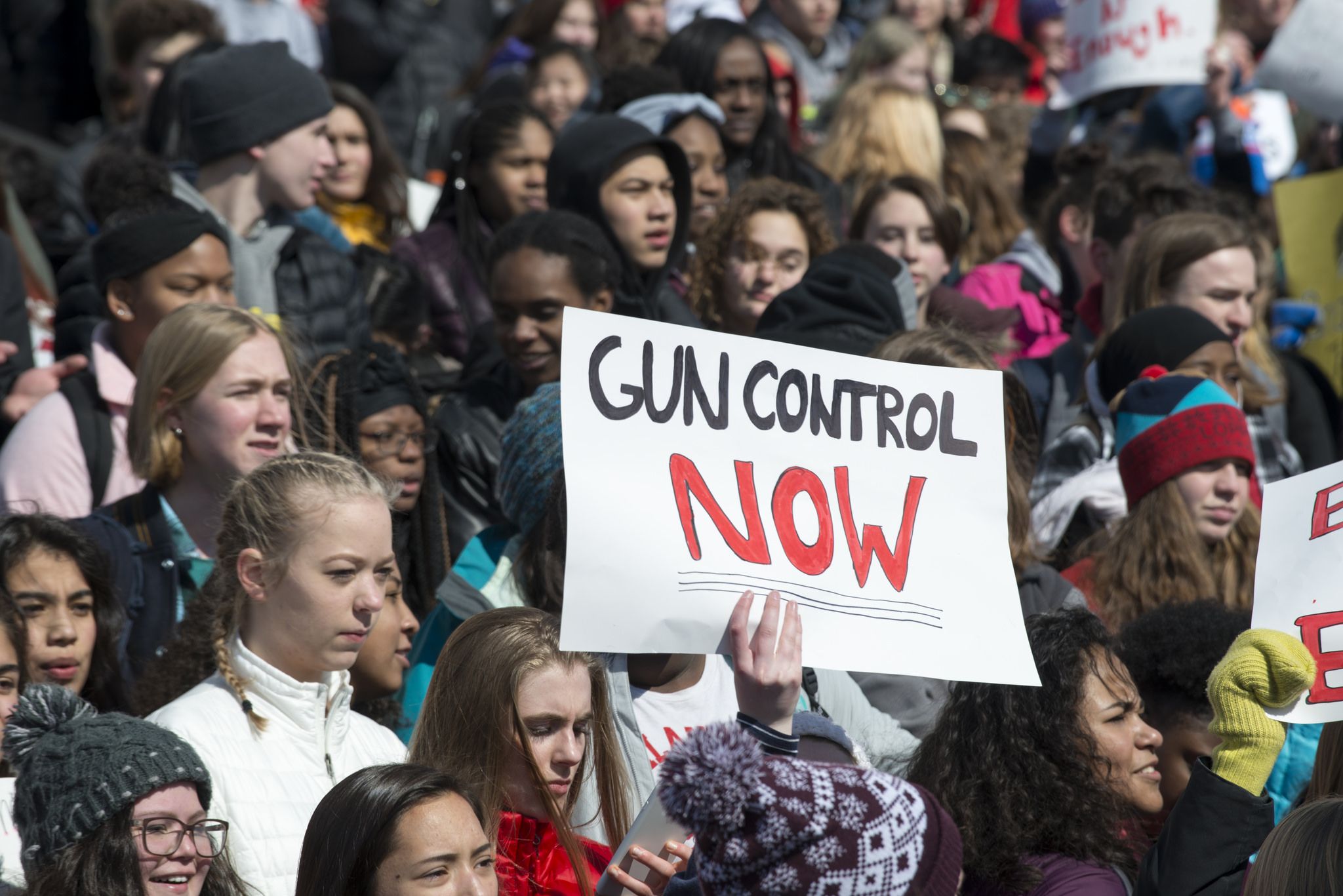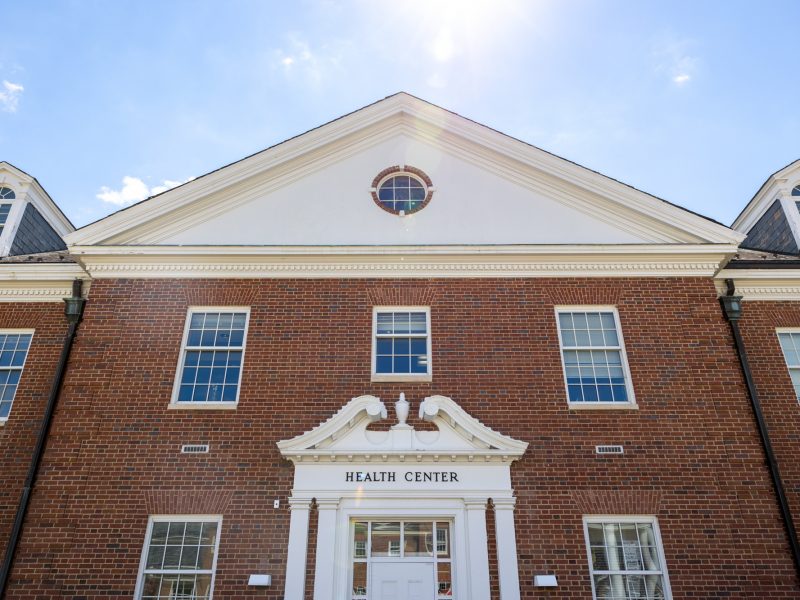Views expressed in opinion columns are the author’s own.
As of Nov. 15, there have been at least 80 incidents of gunfire on school grounds. This tally doesn’t even include all types of mass shootings, of which there have been a staggering number in the last four weeks alone. That brings us to roughly too many shootings, too many dead bodies, too many memorials, too many worried parents, too many terrified students just waiting for their school to be featured in the weekly thoughts and prayers.
The horrific weight of school shootings has only led to the creation of another layer of evil: the school security industry. Though security in schools has existed for years, the frequency of school shootings has inspired some to capitalize off parents’ and students’ fear.
Products specifically meant to protect and help students during school shootings were featured at a July expo in Orlando. Vendors at the expo showcased items such as armored doors, bulletproof backpacks, improved security cameras, tourniquets, bulletproof whiteboards and training on how to deal with these scenarios.
The armored door costs $4,000 and catches bullets in it. A great idea, but what about when the shooter gets in? Now we have bulletproof backpacks, which cost $150, by the way. Okay, but don’t students have to put away their backpacks during the school day? Not to worry, the trainings show students how to “counter” shooters to buy themselves a few moments to make a call before getting shot.
Do we see the problem? While the intention to provide students with some degree of protection when they’re getting shot at during calculus is nice, the focus is in the wrong place. Parents and vendors were hopeful and excited to “save a life,” but their methods don’t address the problem of shooters having guns, going into schools with guns and shooting at kids.
A bulletproof backpack is helpful only if someone fires at a student’s back during pack-up time at the end of the day. An armored door doesn’t prevent the trauma of hearing gunfire meant for you and your classmates, or provide a failsafe way for kids to be safe if the door gets opened.
Basically, these products provide the feeling of protection more than they guarantee actual safety. Like the “duck and cover” method during the Cold War, added school security measures only lull us into a sense of false security. That’s not to say that security shouldn’t be increased or that students’ safety shouldn’t be schools’ first priority, but rather that we aren’t addressing the root of the problem — the presence of the guns in the first place.
Instead, companies are monetizing safety. They’re feeding capitalism, supplying the demand for safety with goods that can only try to meet that need. Though companies are selling products that provide students with additional safety, the fact that kids’ lives are the currency upon which this market is based is wrong.
One company is asking parents to pay $8.99 each per month to have former Special Operations agents pose as teachers. A Netflix subscription, but instead of television, a child might live. They’ll probably watch other people die, hold onto the trauma of hearing gunfire and being targeted, but hey — that’s the modern student experience in the United States.
Another vendor discussed the overall cost for safety, saying that $500,000 for security may seem expensive, but in the case of the 17 people killed at Stoneman Douglas High School, that $500,000 would be about $29,000 per life. The seller declares every parent who lost their child would pay $29,000 to get them back.
But no one should have to. No parent should have to push thousands of dollars to ensure their child will come home from school. That security should be free and inherent to our society.
What we need is gun control. No military grade and assault weapons for sale. Thorough background checks required. No bump stocks allowed in any state. A month-long waiting period to buy firearms.
A plethora of arguments have been made against gun control. It infringes on Second Amendment rights, people will just get guns somewhere else, it would be impossible to enforce, etc. While these are all serious arguments, consider that students’ rights to life are being infringed upon when they are murdered, and maybe we’ve spent enough time trying to make excuses for why we shouldn’t create and enforce common sense policies.
Sure, it might not work immediately, but since the way we’re going doesn’t seem to be doing anything but driving up 2018’s school shooting death toll, let’s try it another way. When more people die from not having guns than students and innocent people who have died in classrooms, temples, bars, concerts and theaters, then we’ll talk.
Jasmine Baten is a junior English major. She can be reached at jasminebaten137@gmail.com



